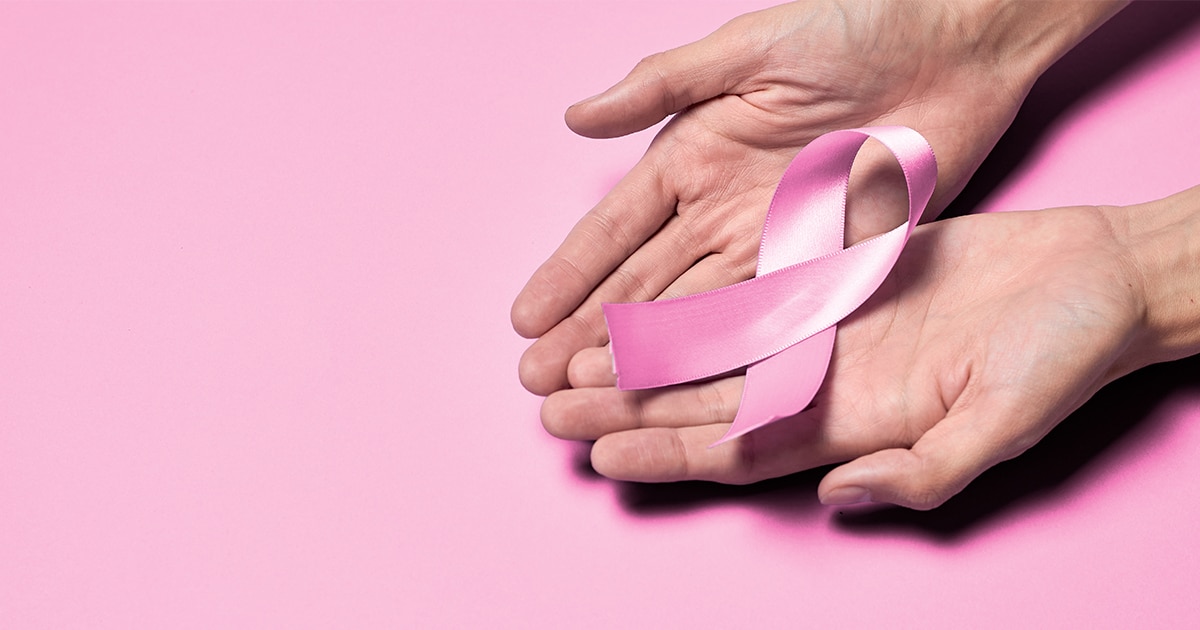SUMMER SKIN

From heat rashes to changing moles, summer can bring a host of skin issues. GP Dr Karen Kiernan from Duality Healthcare shares expert advice on what’s normal, what’s not, and when to see your doctor.
As we (hopefully) enjoy brighter, warmer days across Northern Ireland, many of us are spending more time outdoors. Whether it’s holidays, family days out or soaking up the sun close to home, summer often gives us a boost. But it also brings a few extra challenges for our skin.
Here’s what to look out for and when it’s time to seek medical help.
SUN PROTECTION IS ESSENTIAL
Even on cloudy days, UV rays can damage your skin. Over time, this builds up and increases your risk of skin cancer, including melanoma. Use a broad-spectrum sunscreen with SPF 30 or higher every day, and reapply every two hours if you’re outdoors or after swimming. Don’t forget your ears, hands and feet.
COMMON RASHES AND REACTIONS
Heat rash (prickly heat) is especially common in children during warm weather. It usually clears up on its own, but if it becomes painful, lasts more than a few days, or is accompanied by fever, get it checked.
We also see more allergic reactions in summer – from insect bites, pollen or even medications that make skin sensitive to sunlight. If a rash spreads, blisters, or comes with swelling of the lips or eyes, seek advice.
FUNGAL INFECTIONS IN WARMER WEATHER
Heat and humidity create the perfect environment for fungal infections like athlete’s foot, ringworm and thrush.
These are often itchy and can look red or scaly. Keeping skin clean and dry helps, especially between toes and in skin folds. Pharmacy treatments usually help, but persistent cases should be reviewed.
KEEP AN EYE ON MOLES
Most moles are harmless, but changes can be a warning sign. Use the ABCDE guide:
- Asymmetry – one half looks different to the other
- Border – irregular, blurred or jagged edges
- Colour – uneven or multiple colours
- Diameter – larger than 6mm
- Evolving – changes in size, shape or anything unusual
If a mole changes in colour or size or doesn’t heal, don’t delay. Early detection is key.
SPOTS AND BREAKOUTS
Hot weather, sweat and sunscreen can all lead to acne flare-ups — even in adults. Stick to non-comedogenic products and gentle cleansers. If breakouts become painful, persistent or are leaving marks, treatment options are available.
MANAGING ECZEMA AND PSORIASIS
Some people find that sunshine improves their skin. Others may flare up in heat and humidity. Keep skin cool and moisturised, and speak to your GP if usual treatments are not helping. There may be better options for you.
WHEN IN DOUBT, CHECK IT OUT
At Duality Healthcare, we offer short waiting times and flexible appointments, giving you the time and space to check concerns properly. Whether it’s a rash, a mole or something you’re just not sure about, we’re here to help.
Your skin deserves care and attention all year round — and we’re here to support you every step of the way.










